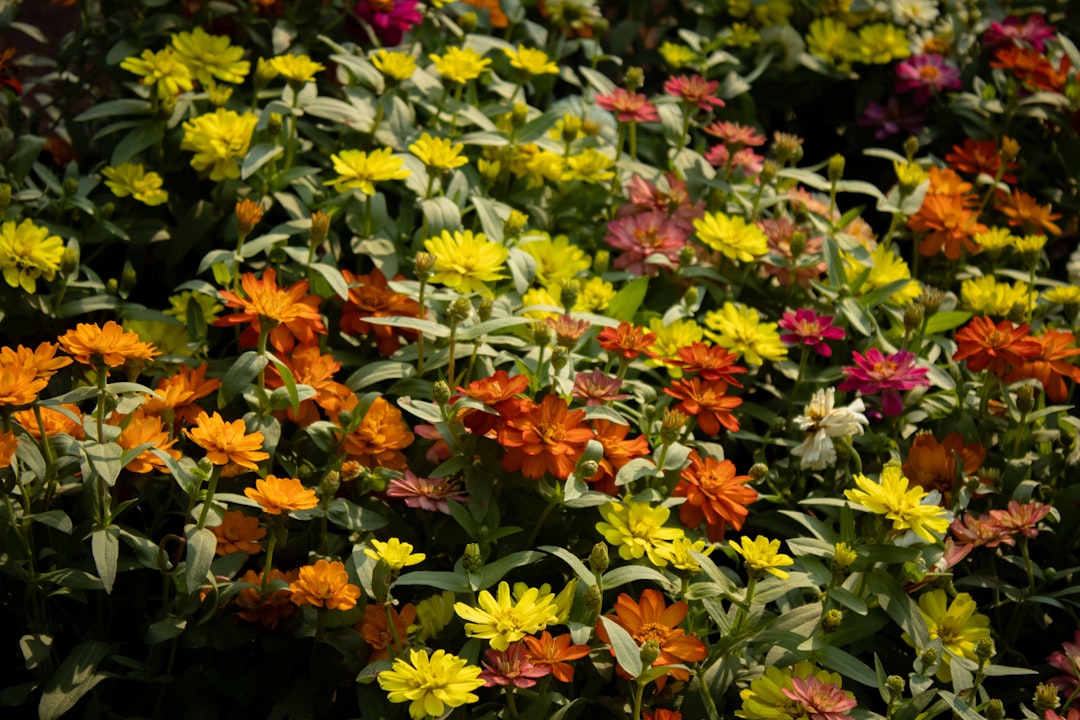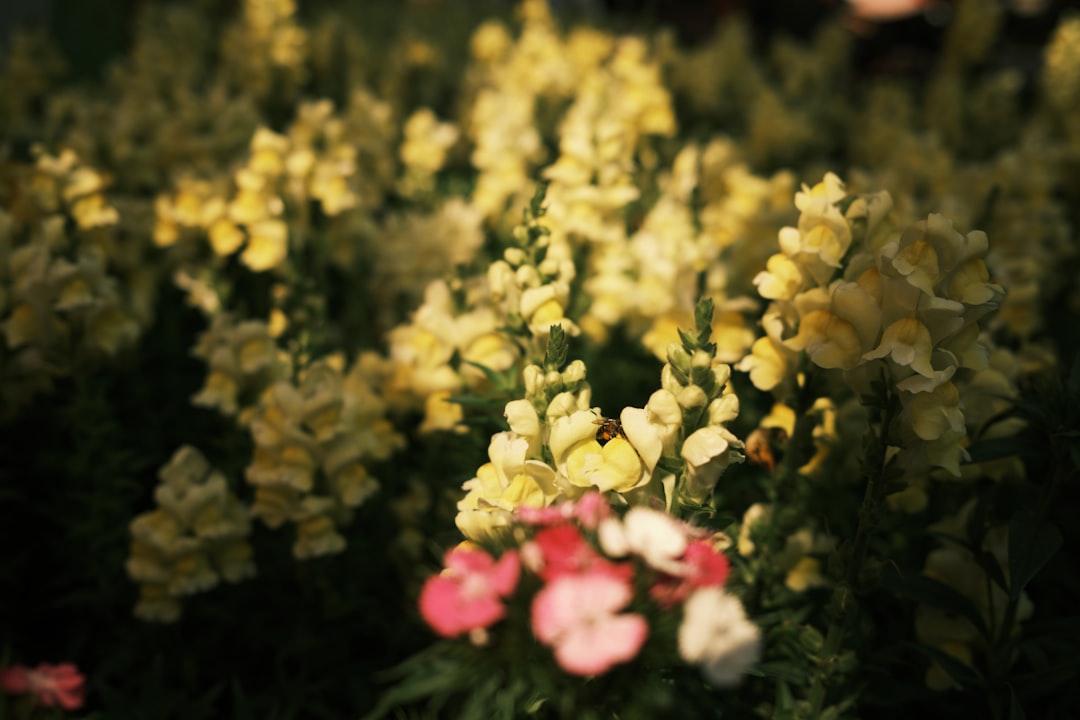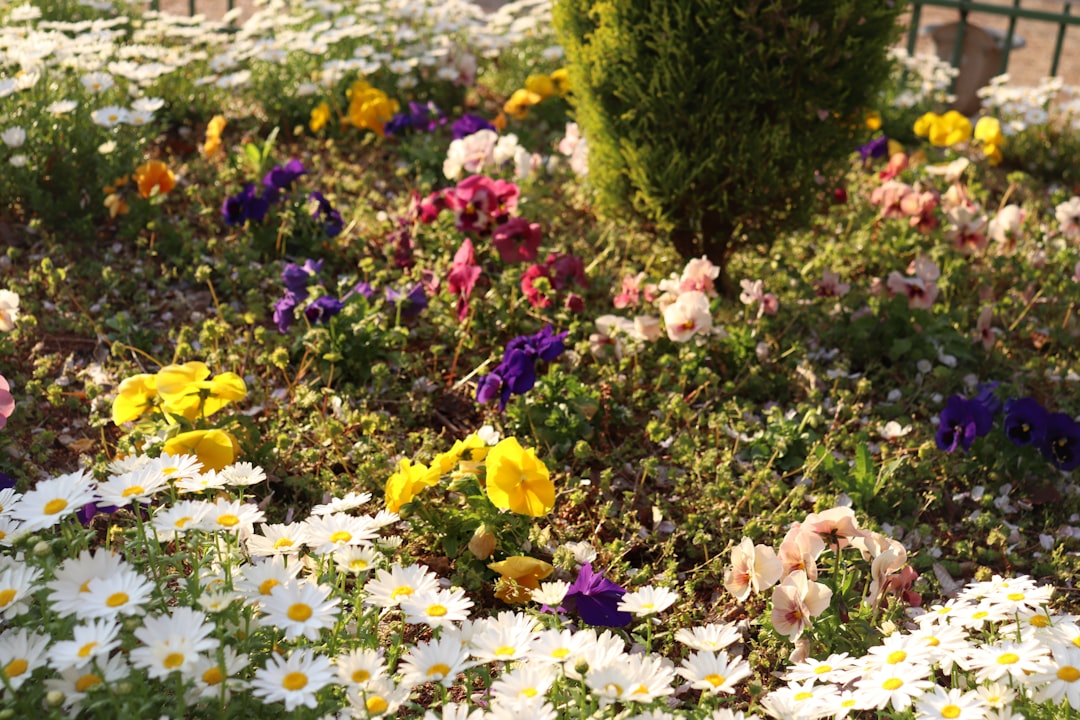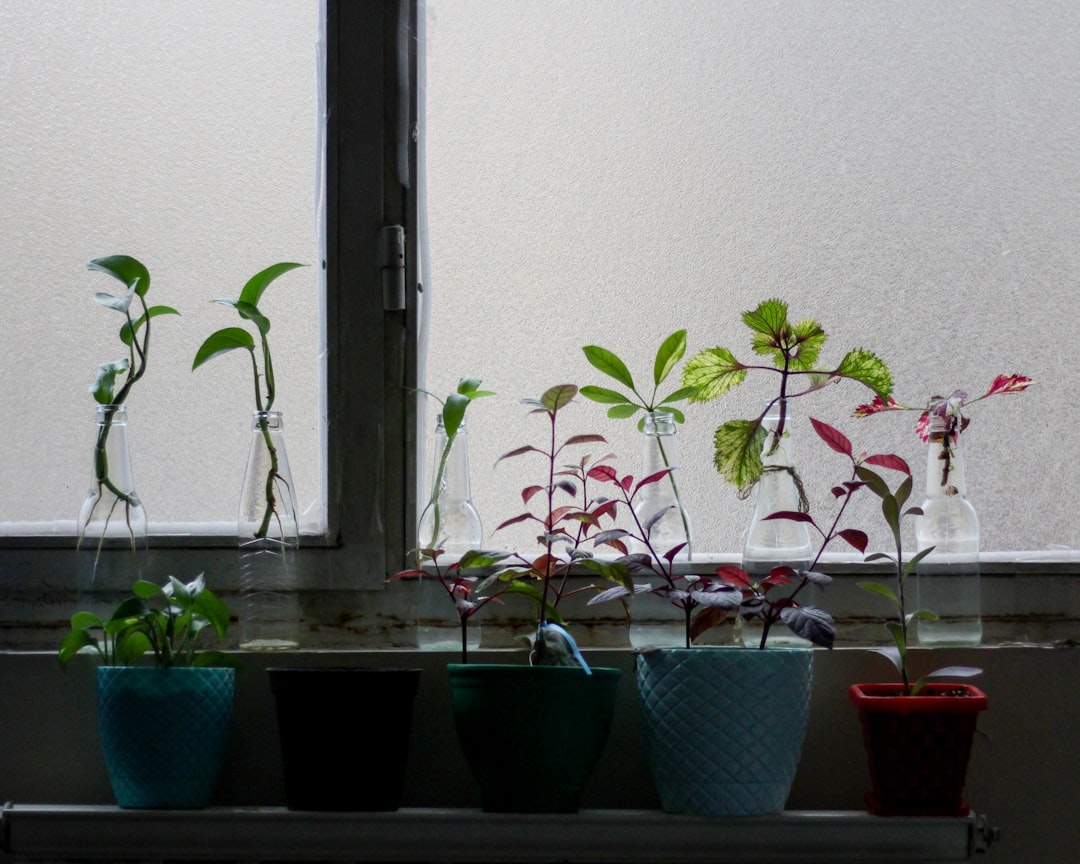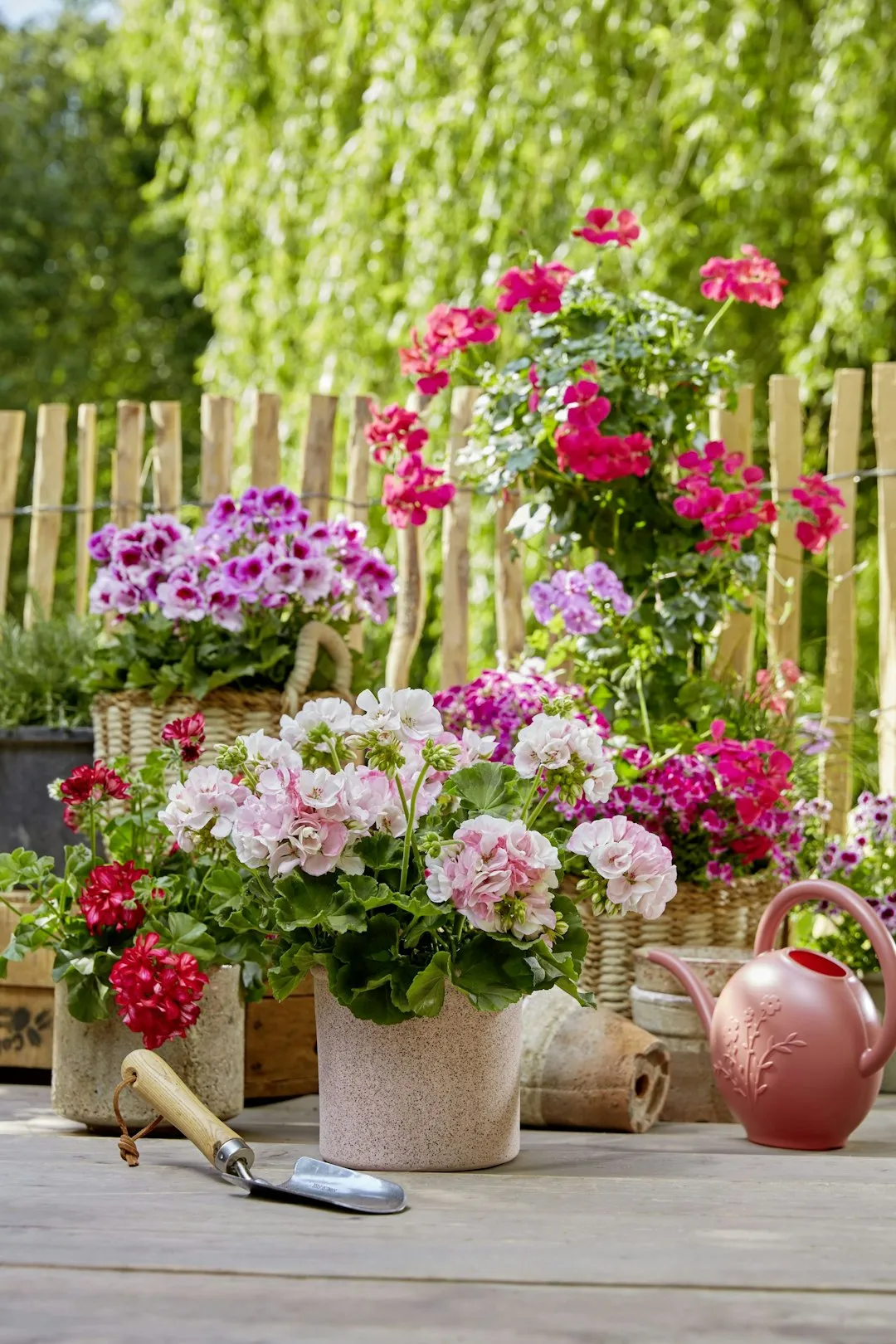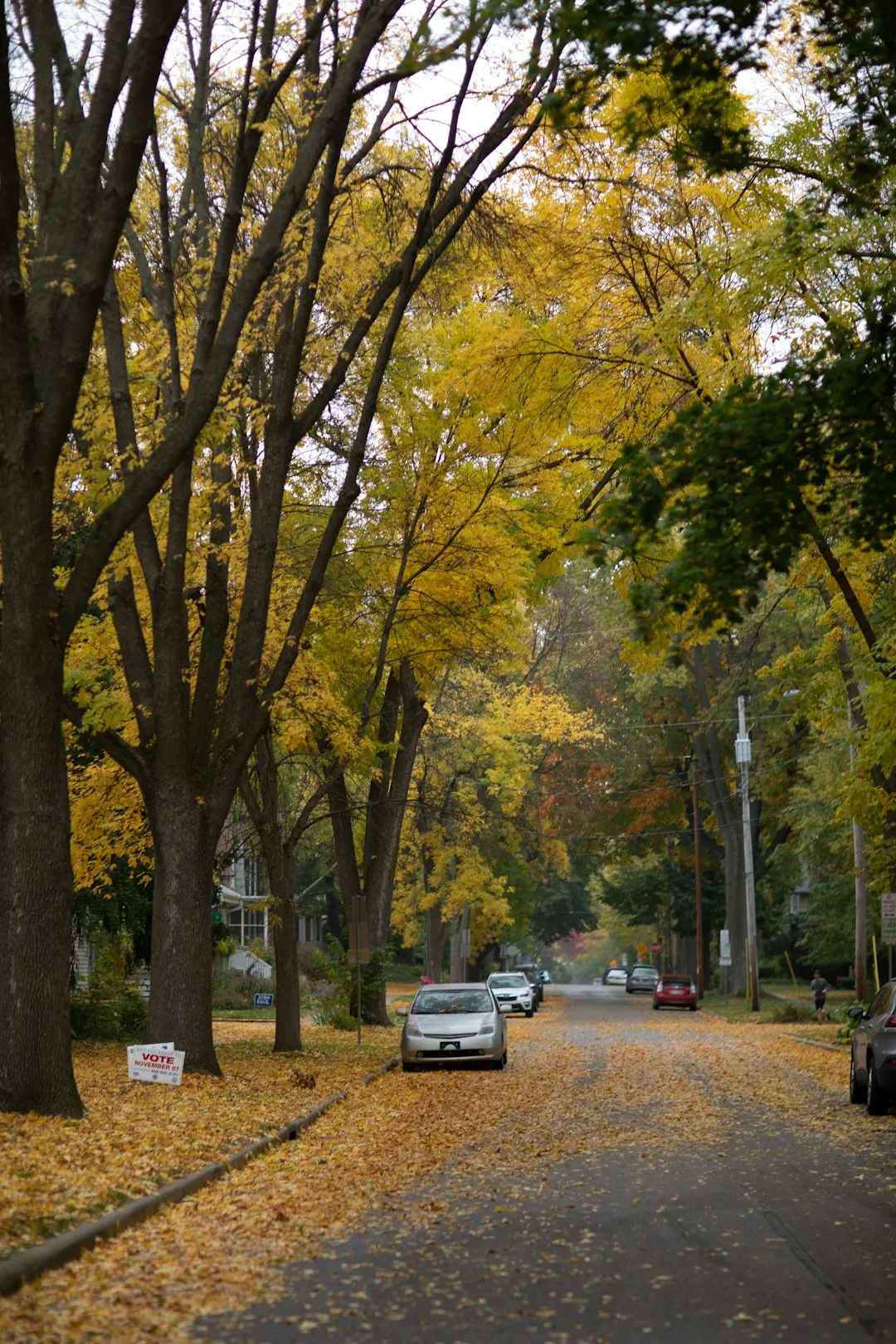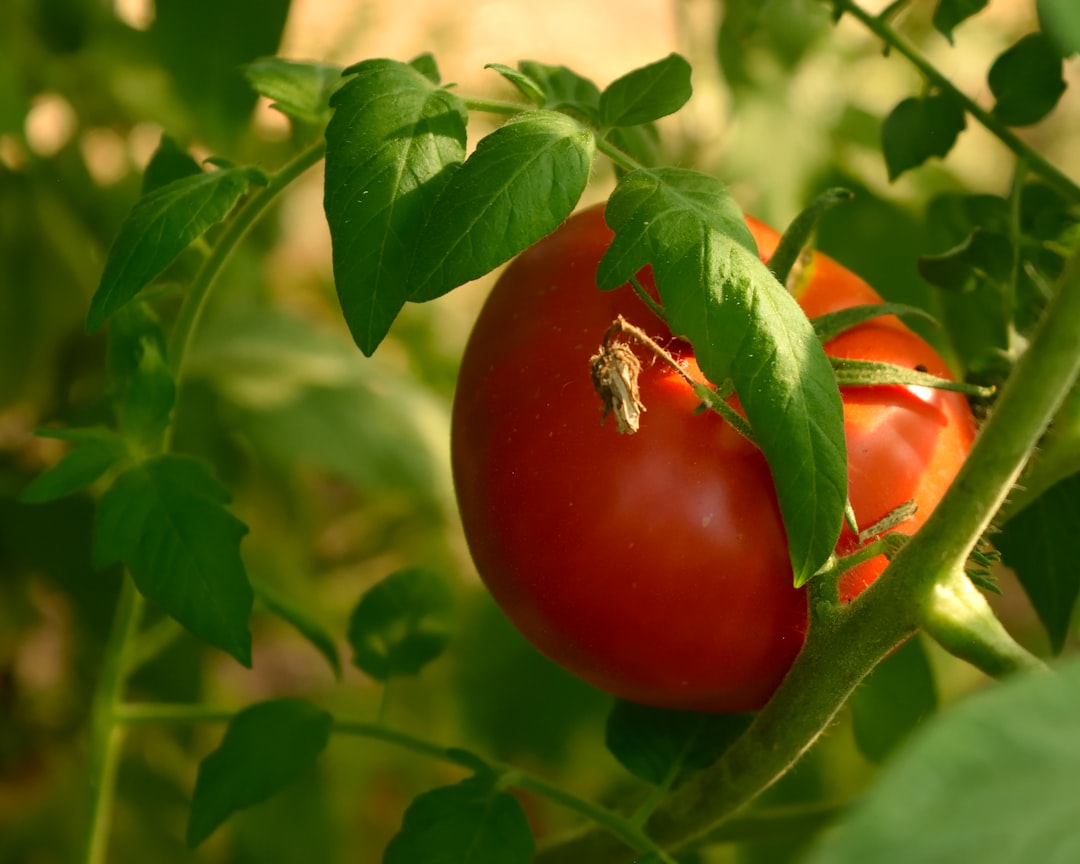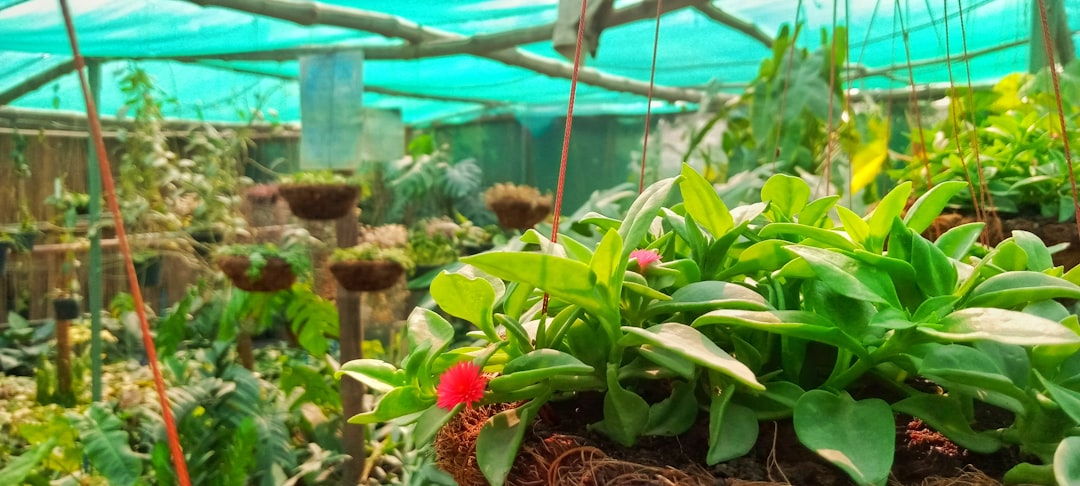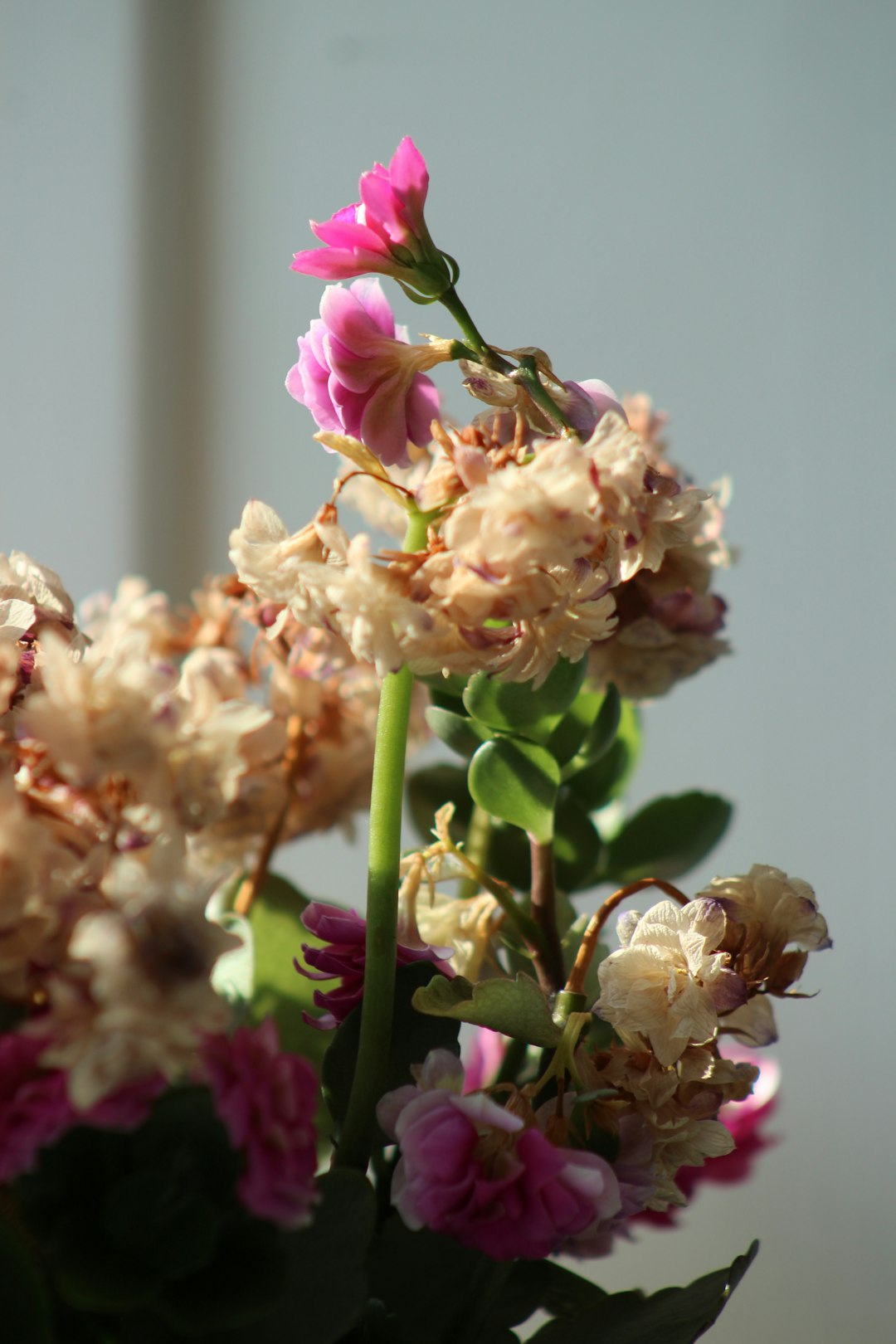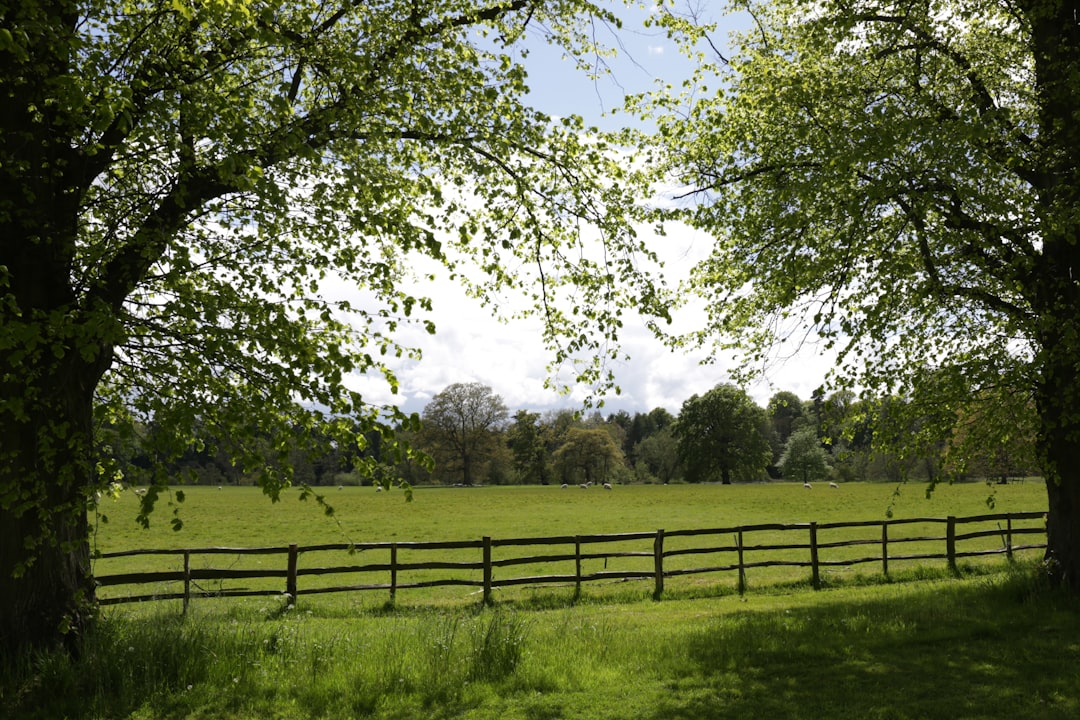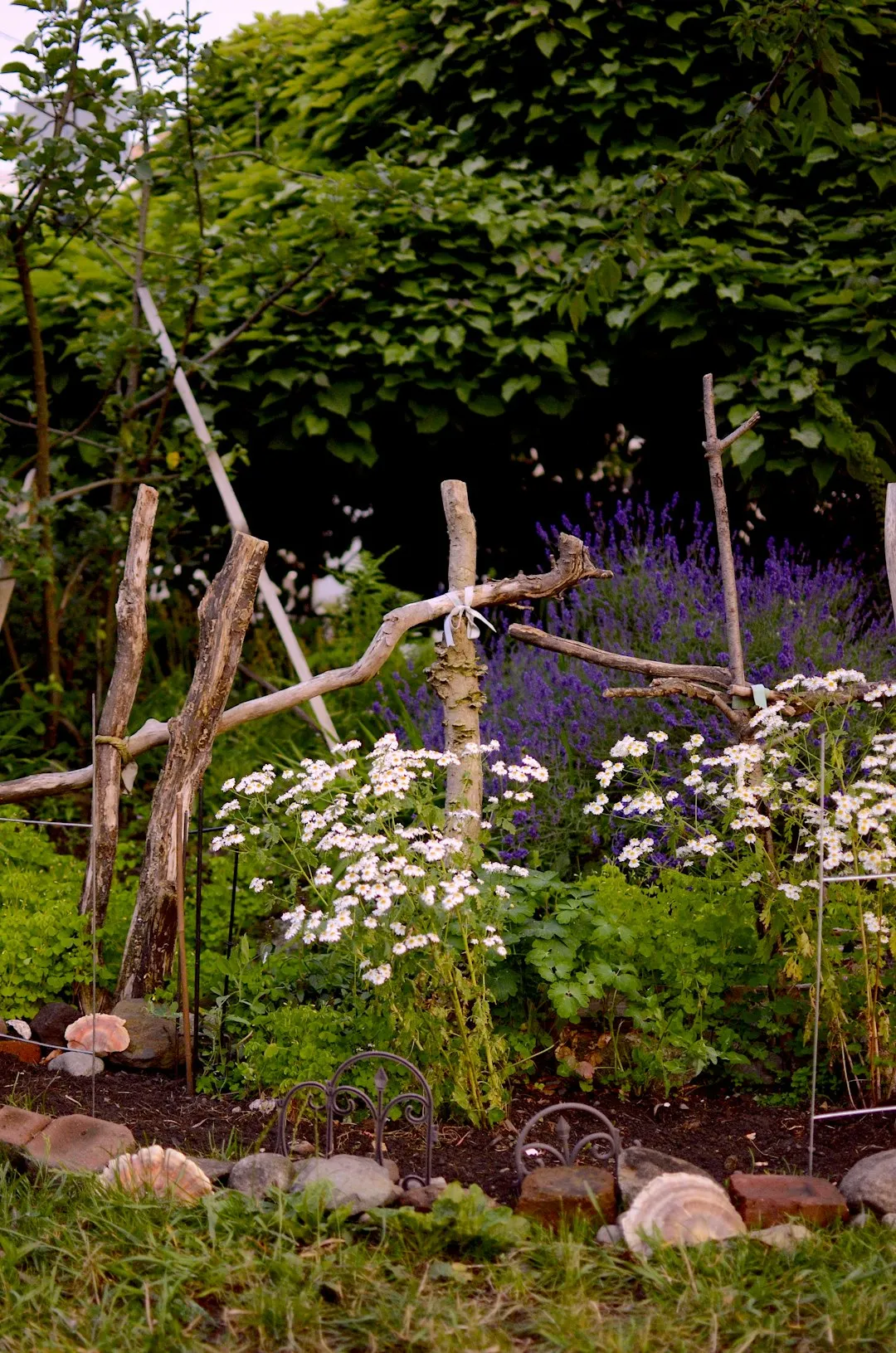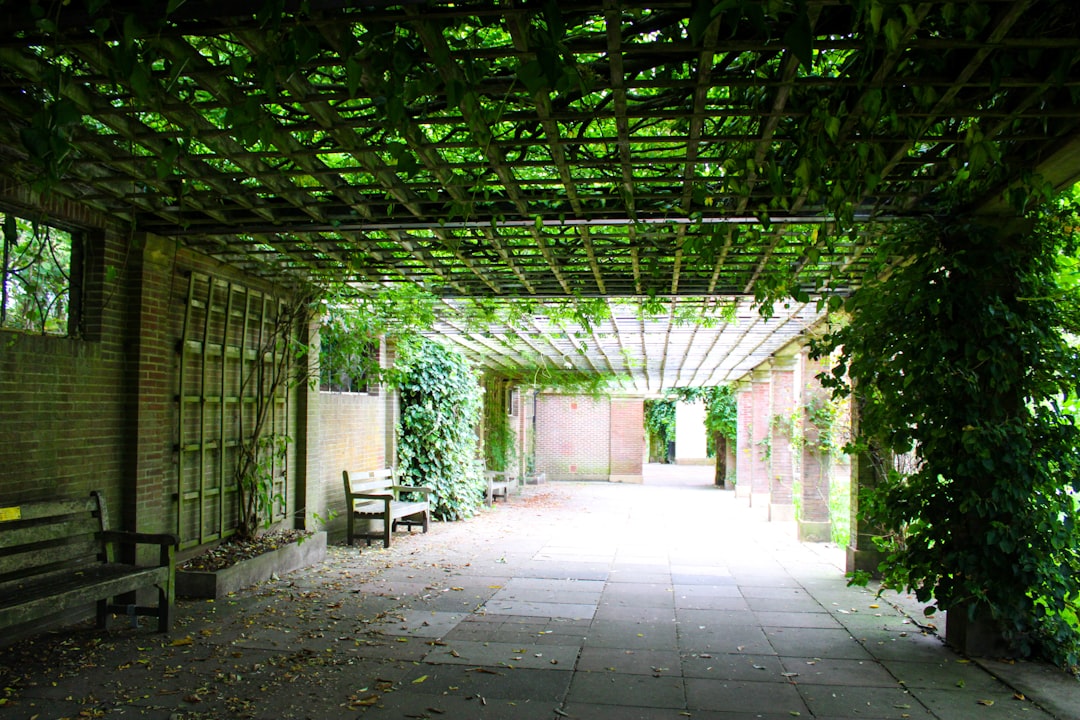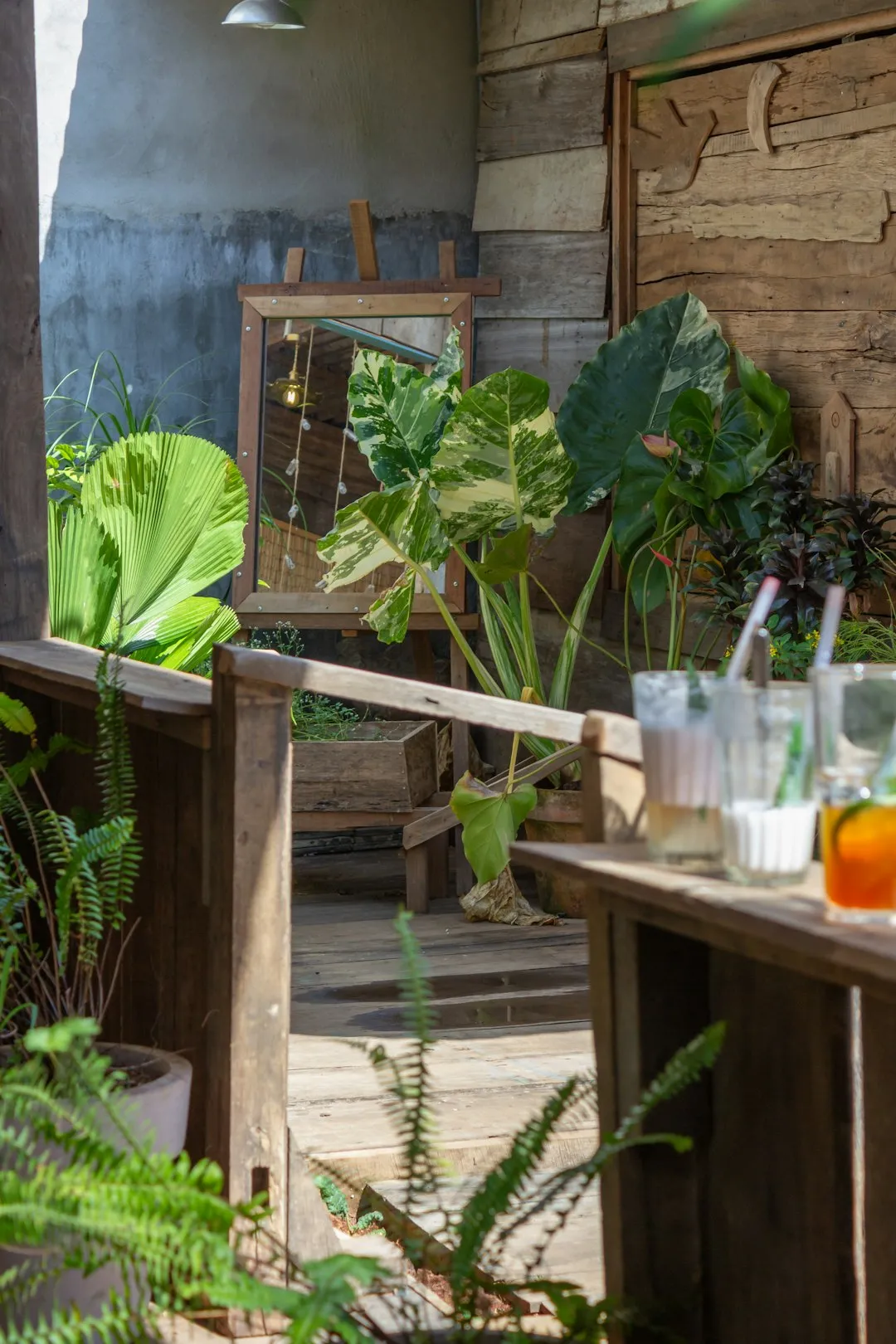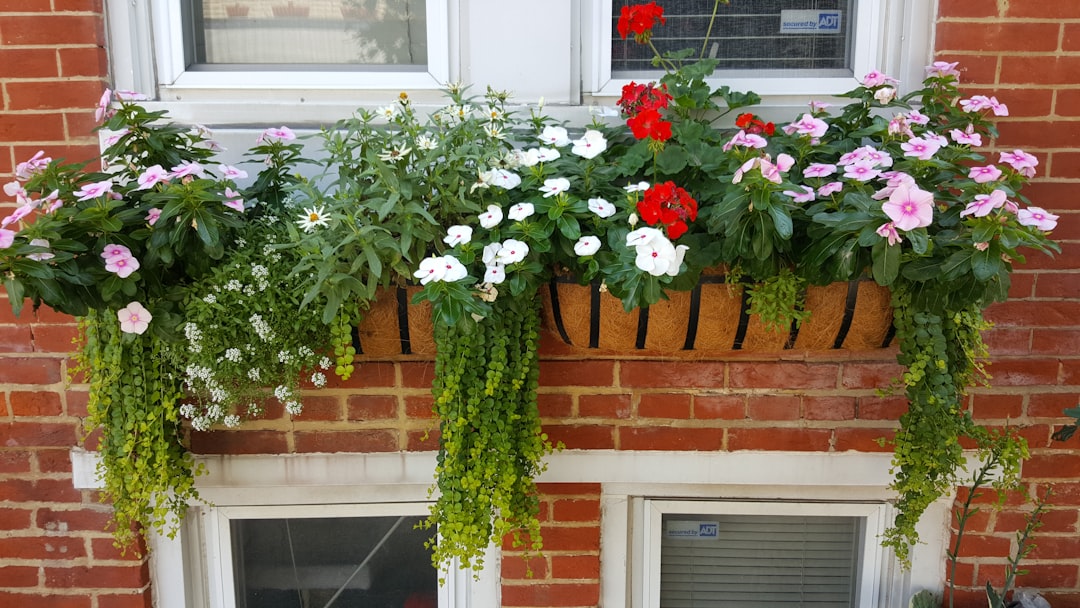
Are you tired of spending countless hours in a large, traditional garden with little to show for it? Do you dream of growing an abundance of fresh vegetables but lack the space or energy to maintain a sprawling plot? If so, square foot gardening might be the solution you've been looking for. This innovative gardening method, based on a grid of 1x1 foot squares, allows you to grow more vegetables than you can imagine—with less work.
One of the primary advantages of square foot gardening is its efficiency. Unlike traditional row gardening, which often results in wasted space between rows, square foot gardening maximizes every square inch of your garden bed. By dividing your garden into small, manageable squares, you can plant a variety of vegetables in a compact area. This not only saves space but also reduces the amount of weeding and watering required.
To get started with square foot gardening, you'll need to choose a suitable location for your garden. Select an area that receives at least six hours of sunlight per day and has well-draining soil. If your soil is poor, you can create raised beds filled with a high-quality growing mix. Raised beds offer several benefits, including better drainage, improved soil aeration, and easier access for planting and maintenance.
Once you've chosen your location, it's time to build your square foot garden beds. You can use a variety of materials to construct your beds, such as wood, cinder blocks, or recycled plastic. The size of your beds will depend on your available space and personal preference, but a common size is 4x4 feet. Divide your bed into 16 equal squares, each measuring 1x1 foot, using a grid made of wood or string.
Next, it's time to choose the vegetables you want to grow. One of the great things about square foot gardening is its flexibility. You can plant a wide variety of vegetables, herbs, and flowers in your garden, depending on your taste and the season. Some popular vegetables for square foot gardening include tomatoes, peppers, lettuce, carrots, and cucumbers. When selecting your plants, consider their spacing requirements and growth habits. For example, plants that grow tall, such as tomatoes and peppers, should be planted in the back of the bed, while low-growing plants, such as lettuce and carrots, can be planted in the front.
Before planting your vegetables, prepare the soil in each square. Remove any weeds or debris and loosen the soil to a depth of at least 6 inches. Add a layer of compost or organic fertilizer to the soil to provide nutrients for your plants. You can also add a layer of mulch to help retain moisture and suppress weeds.
When planting your vegetables, follow the recommended spacing guidelines for each plant. For example, you can plant one tomato plant per square, four pepper plants per square, nine lettuce plants per square, and sixteen carrot plants per square. By following these guidelines, you'll ensure that your plants have enough space to grow and thrive.
Once your vegetables are planted, it's important to water them regularly. Square foot gardens typically require less water than traditional gardens because the soil is more compact and retains moisture better. However, it's still important to keep the soil evenly moist, especially during hot, dry weather. You can use a soaker hose or drip irrigation system to water your garden, which will help conserve water and prevent overwatering.
In addition to watering, you'll also need to fertilize your plants regularly. You can use a balanced organic fertilizer or a slow-release fertilizer to provide nutrients for your plants. Follow the instructions on the fertilizer package for the correct application rate and frequency.
Another important aspect of square foot gardening is pest control. While square foot gardens are generally less prone to pests and diseases than traditional gardens, it's still important to take steps to prevent and control pests. You can use natural pest control methods, such as companion planting, handpicking pests, and using insecticidal soaps and oils. You can also attract beneficial insects, such as ladybugs and lacewings, to your garden by planting flowers and herbs that they like.
As your vegetables grow, you'll need to provide support for tall plants, such as tomatoes and peppers. You can use stakes, cages, or trellises to support your plants and prevent them from falling over. You'll also need to prune your plants regularly to remove any dead or diseased leaves and branches.
Finally, it's time to harvest your vegetables. One of the great things about square foot gardening is that you can harvest your vegetables as soon as they're ripe. This means you'll always have fresh, delicious vegetables to enjoy. When harvesting your vegetables, use a sharp knife or pruning shears to cut them from the plant. Be careful not to damage the plant or the remaining vegetables.
In conclusion, square foot gardening is a great way to grow an abundance of fresh vegetables in a small space. By following the steps outlined in this guide, you can create a beautiful and productive square foot garden that will provide you with delicious vegetables all season long. So, what are you waiting for? Get started with square foot gardening today and enjoy the benefits of fresh, homegrown vegetables!

